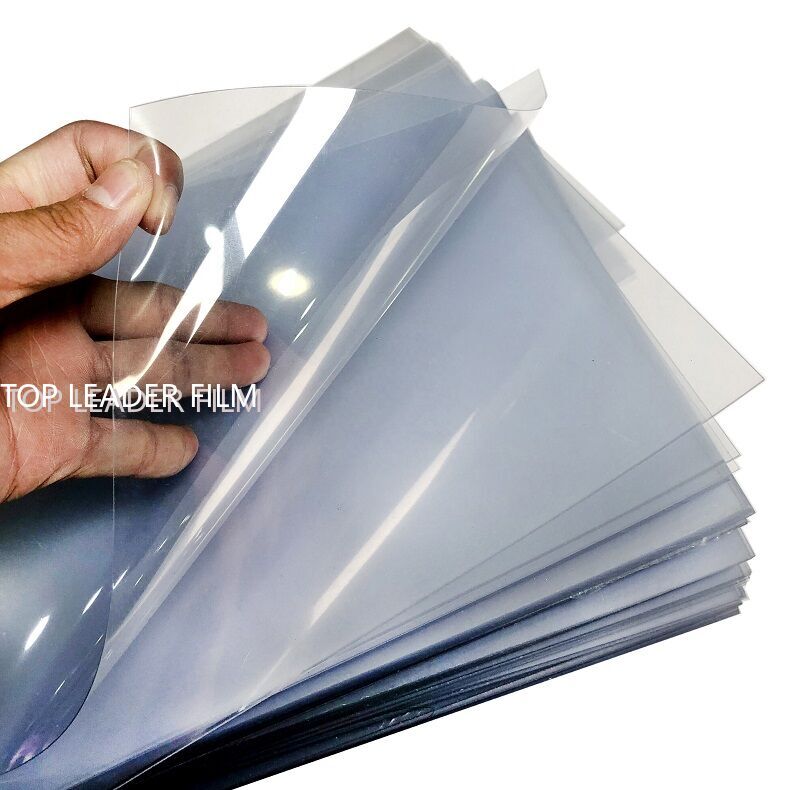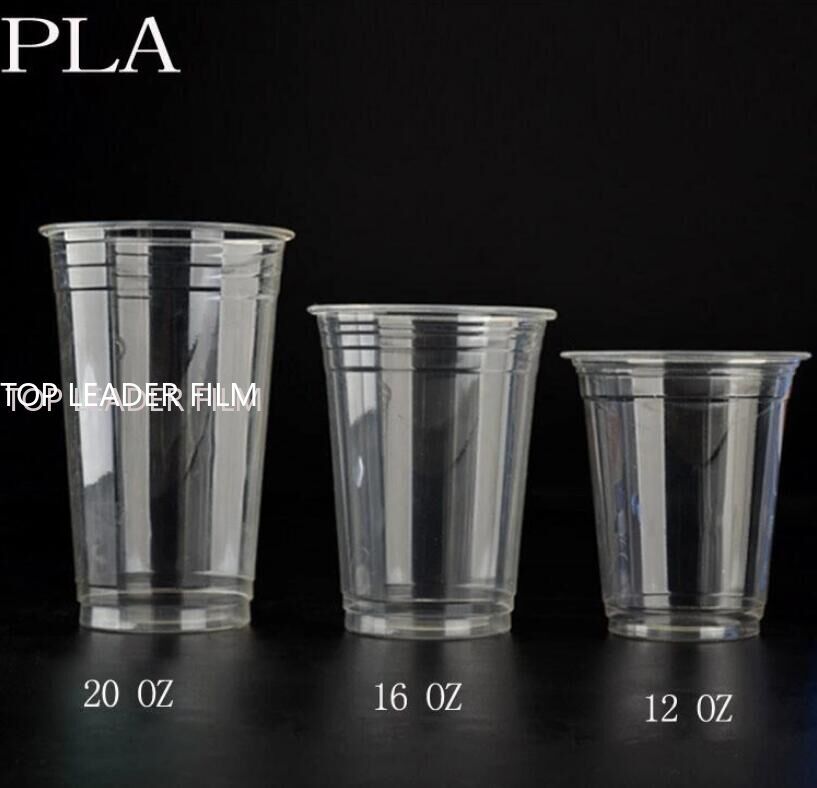
Brand: TL
Material: PVC, PE, PET, Lldpe, Laminated Material, PP, CPP, Polyester, EVA, Pof, OPP, Polyimide, PC, Vinyl, PEVA, TPU
Types of: Stretch Film, Shrink Film, Holographic Film, Metallized Film, Release Film, Twist Film
use: Packaging Film, Glass Protection, Cling Film, Agriculture, Carpet Protection, Capacitors, Logistics Film, Food&Medicine Film, Decorative Film, Photovoltaic Film
Special performance: Moisture Proof, Water Soluble
hardness: Rigid
Processing technology: Multiple Extrusion
transparency: Transparent
place of origin: China
Packaging: pallets
Productivity: 1200 Tons/Month
Transportation: Ocean,Land,Air
Place of Origin: CHN
Supply Ability: 1200 tons/month
Certificate: SGS Rsth
Port: Qingddao,Qingddao
Payment Type: T/T,D/P,Paypal,Money Gram,Western Union
Incoterm: FOB,CFR,CIF,EXW,FCA,CPT,CIP
Delivery Time: 5 Days
- Package Type:
- pallets
Transparent 100% Biodegradable PLA Film
Polylactide (PLA) is a biodegradable thermoplastic derived from renewable resources such as corn starch, tapioca or sugar cane. The fermentation of starch (dextrose) yields two optically active enantiomers, namely D (-) and L (+) lactic acid. Polymerization is carried out by either direct condensation of the lactic acid monomers or by ring-opening polymerization of the cyclic diesters (lactides). The resulting resins can be easily converted into films and sheets via standard forming methods including injection and blow molding.
The properties of PLA like melting point, mechanical strength, and crystallinity depend on the proportions of the D(+) and L(-) stereoisomers in the polymer and on the molecular weight. As for other plastics, the properties of PLA films will also depend on compounding and on the manufacturing process.
Typical commercial grades are amorphous or semi-crystalline and have very good clarity and gloss and little to no odor. Films made of PLA have very high moisture vapor transmission, and very low oxygen and CO2 transmission rates. PLA films also have good chemical resistance to hydrocarbons, vegetable oils, and the like.
The mechanical properties of PLA are very similar to PET. However, typical PLA grades have a lower maximum continuous service temperature and are more brittle. Often plasticizers are added which (greatly) improve its flexibility, tear resistance and impact strength (pure PLA is rather brittle). Some novel grades also have much improved heat stability and can withstand temperatures up to 120°C (HDT, 0.45MPa). The heat performance of general purpose PLA is typically between LDPE and HDPEand its impact strength is comparable to HIPS and PP whereas impact modified grades have much higher impact strength comparable to ABS.
Most commercial PLA films are 100 percent biodegradable and compostable. However, the biodegradation time can vary greatly depending on composition, crystallinity and environmental conditions.

Product advantages:
1. Starch-natural raw material: using natural corn starch as raw material, sustainable supply, re-use of natural resources, PLA biodegradable sheet material, endless circulation.
2. Degradation-safe biodegradation: The raw material is natural polymer compounds, which can be degraded in the natural environment.
3. Environmental protection-green environmental protection: After the product is used, it can be quickly degraded by microorganisms in the natural environment and become plant nourishment. It truly originates from nature and returns to nature, effectively solving the environment caused by white pollution.
4. Health-Harmony: The raw materials are natural, the production process is aseptic, and the disinfection inspection is strict. After the product is degraded, it will not be toxic to the soil and air, and there is no secondary pollution.
5. Low carbon-strong substitution: it can replace plastic products using petroleum as raw material and paper products using wood as raw material.
6. International standards: fully comply with



Our factory mianly products:
PVC Film
PET PETG Rigid Film
HIPS Film
PC polycarbonate Film
PP Film
Other Plastic Packaging Products
PVC Sheet For Food Packaging
PS Film
Face Shield
PLA/polylactic Acid Film
Blister Packaging Machine











